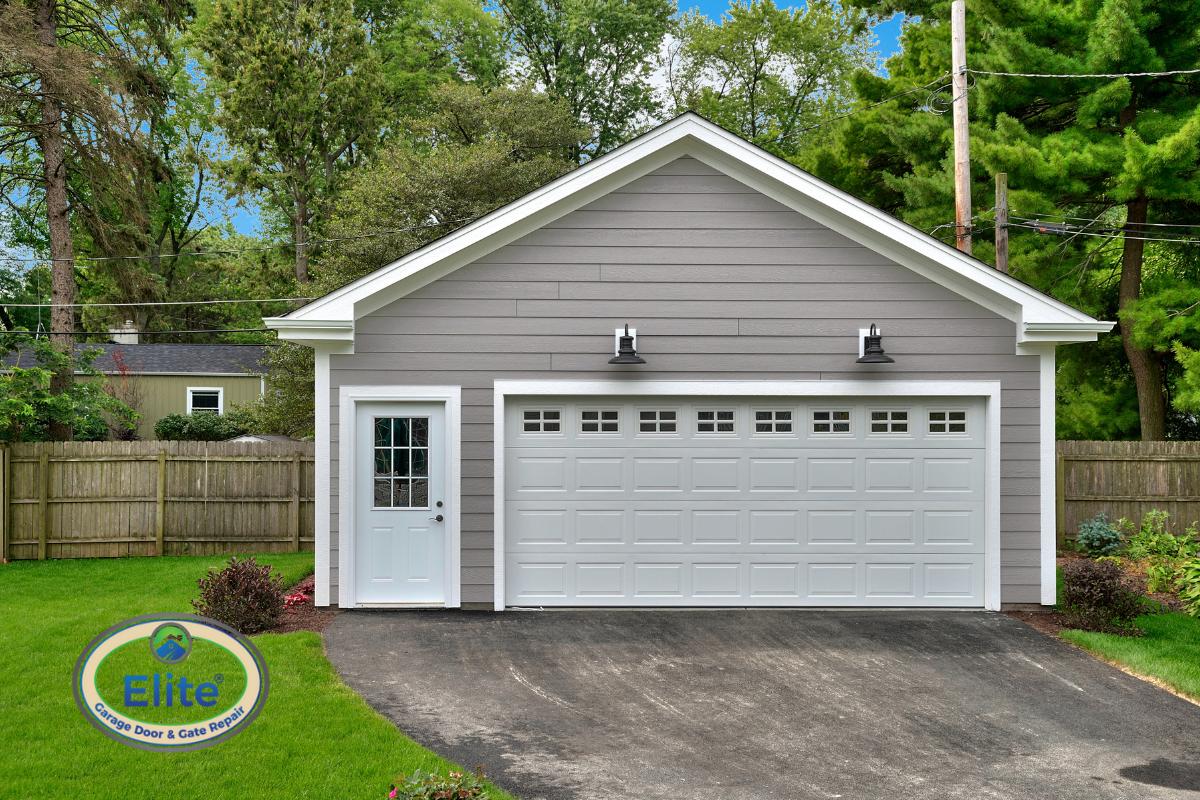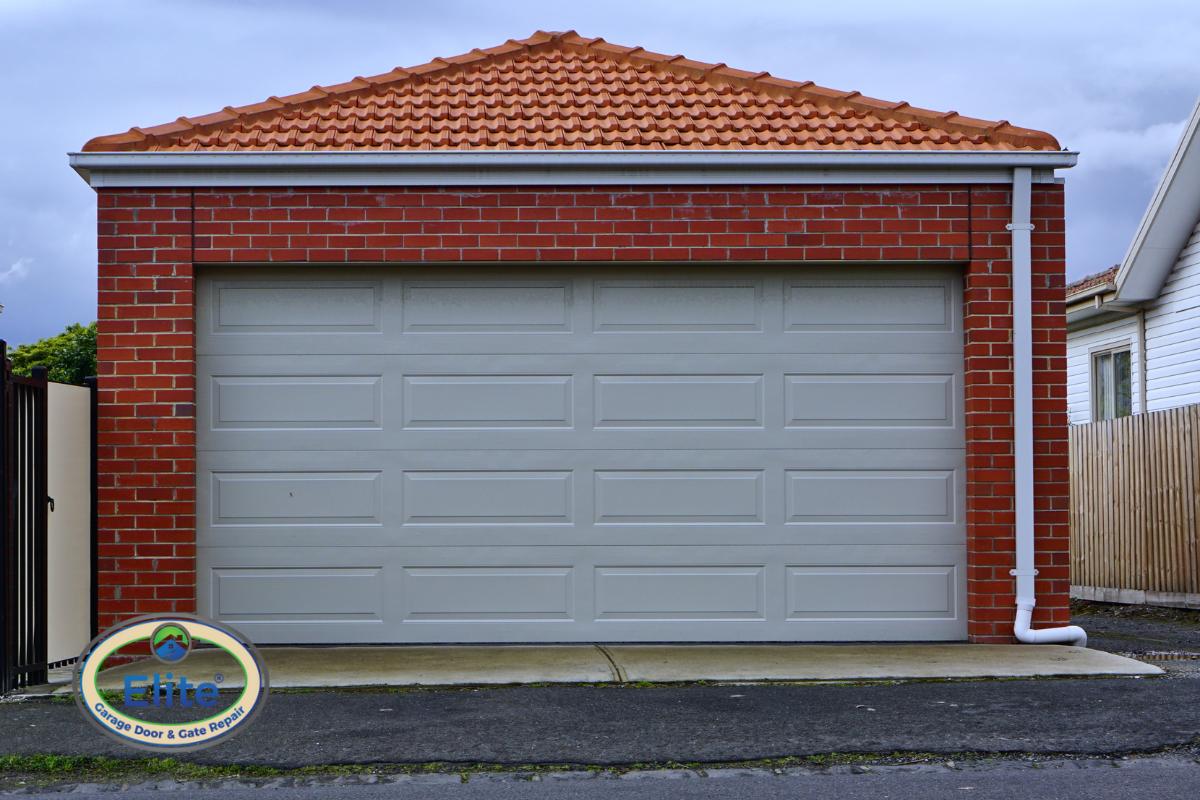It’s time to replace your springs if you see symptoms of deterioration, such as loose, drooping springs, gaps between coils, or even a complete break between parts of the spring.
Continuing to use your garage door as usual if your springs show symptoms of wear or if just one of them is broken puts a lot of unnecessary stress on your garage door opener, causing your motor to wear out faster and costing you a lot more money in the long run.
The first step in replacing or repairing your garage door springs is Determining The Kind of Garage Door Springs. Although there are a few other kinds of garage door springs, most residential garage doors utilize torsion or extension springs, so we’ll concentrate on them.
Table of Contents
Extension Springs vs. Torsion Springs
Seeing where the springs are placed is a fast and straightforward approach to figuring out what kind of garage door spring you have. Torsion springs, which lie horizontally above the center of your garage door, are typically utilized for modern garage door systems.
Close your garage door and check above the middle of the door to see whether you have torsion springs. You’re on team torsion if you observe a pair of springs moving sideways. Check for gaps, fractures, or straining in your new torsion springs while inspecting them.

Extension Springs vs. Torsion Springs
On the other hand, extension springs may be found on both sides of your garage door, running parallel to the garage door tracks. You can immediately detect them when you shut your garage door because they should be hung a few inches above the garage door tracks and run almost the whole track length.
What Spring Size Do I Have On My Garage Door?
A few measures are required for torsion springs: the wire diameter, the interior diameter, and the spring length.
You’ll also need to know if the spring is blowing from the left or right. You’ll need a tape measure, your broken spring, and a calculator to figure it out.
- Place the broken spring in front of you, count out 20 coils, and measure the distance those 20 coils cover with your tape measure.
- The diameter of your wire is calculated by dividing the distance by 20. It’s vital to be accurate with the length of 20 coils, which is usually approximately 5 inches. Even an inch off might result in the wrong spring size being ordered.
- Your garage door springs’ interior diameter is inscribed on the winding or stationary cone connected to the spring. These are the metal components that are attached to your spring. Look for a letter (or a couple of letters, depending on the brand) followed by a number. If the cone has P-200 imprinted on it, it has a two-inch internal diameter. Alternatively, the size in inches – such as 1 3/4″ – may be stamped on there.
- You must measure the length of a torsion spring while there is no strain on the spring; therefore, don’t do this when the spring is up and mounted above your garage door. If your spring has snapped, you’ll also need both sides of the broken spring.
- With your tape measure, please measure the length of the spring or measure each half separately and add them together. That’s all there is to it! It’s worth noting that it shouldn’t make a significant impact if you’re wrong by approximately 34 of an inch.

What Spring Size Do I Have On My Garage Door?
Extension Springs: How to Measure Them
You’ll need to know the spring’s length and the weight it’s designed to support for extension springs. If you use a 90-pound spring on a 110-pound door, the result will appear like a stretched telephone chord.
The average height of a residential garage door is seven or eight feet. A 25-inch spring is used on seven-foot doors, while a 27-inch spring is used on eight-foot doors. We’ll teach you to measure it by hand since accuracy is vital.
- To begin, double-check that your garage door is closed. Pull the brightly colored release line towards the front of the entrance to unplug the garage door motor unit from the power supply and release the garage door itself.
- Then physically raise your garage door — you may need another hand or two for this. Lift From The Broken Spring side if only one is broken; otherwise, lift from the center.
- Clamp a vice grip within the track under the wheel, right beneath the bottom of the garage door, after the door is open. Your garage door will not close as a result of this.
- Then, using a tape measure, measure the length of the spring from a ladder. You may also use a conventional mechanical bathroom scale to weigh your garage door.
- After pulling on the release wire, center the scale in front of your closed garage door, ensuring that the garage door is detached from the opener. Then, gently raise the door – it may be heavy – and slip the scale under it. Slowly lower the door and note the weight.

Extension Springs: How to Measure Them
Bottom Line
You may provide your newly-measured spring measures to Elite Garage Door & Gate Repair Of Lynwood experts and let them handle the rest of your garage door spring repair – or you can let them do the whole job, including measuring your Garage Door Springs. So, what do you have to lose? If you schedule an appointment with a trained Elite Garage Door specialist, you might get everything taken care of the same day – it’s that simple.


























Leave A Comment